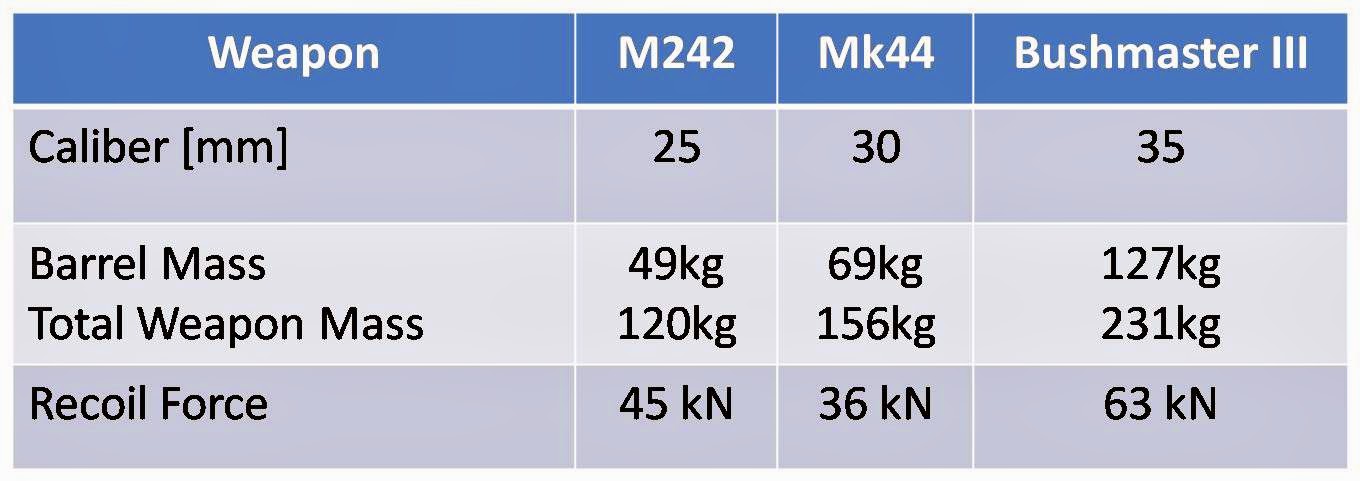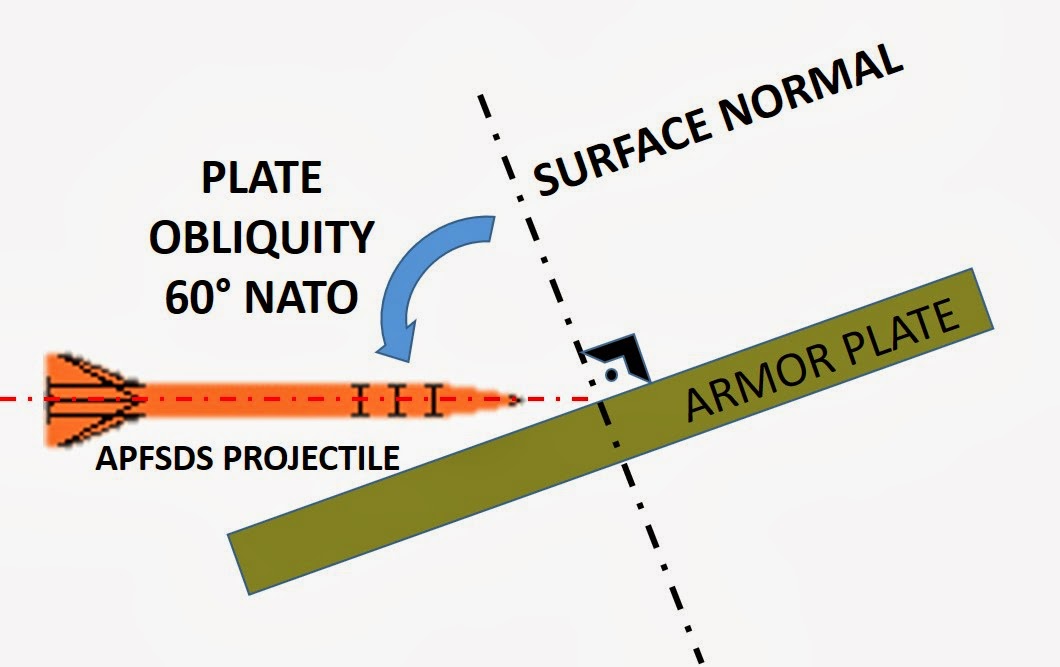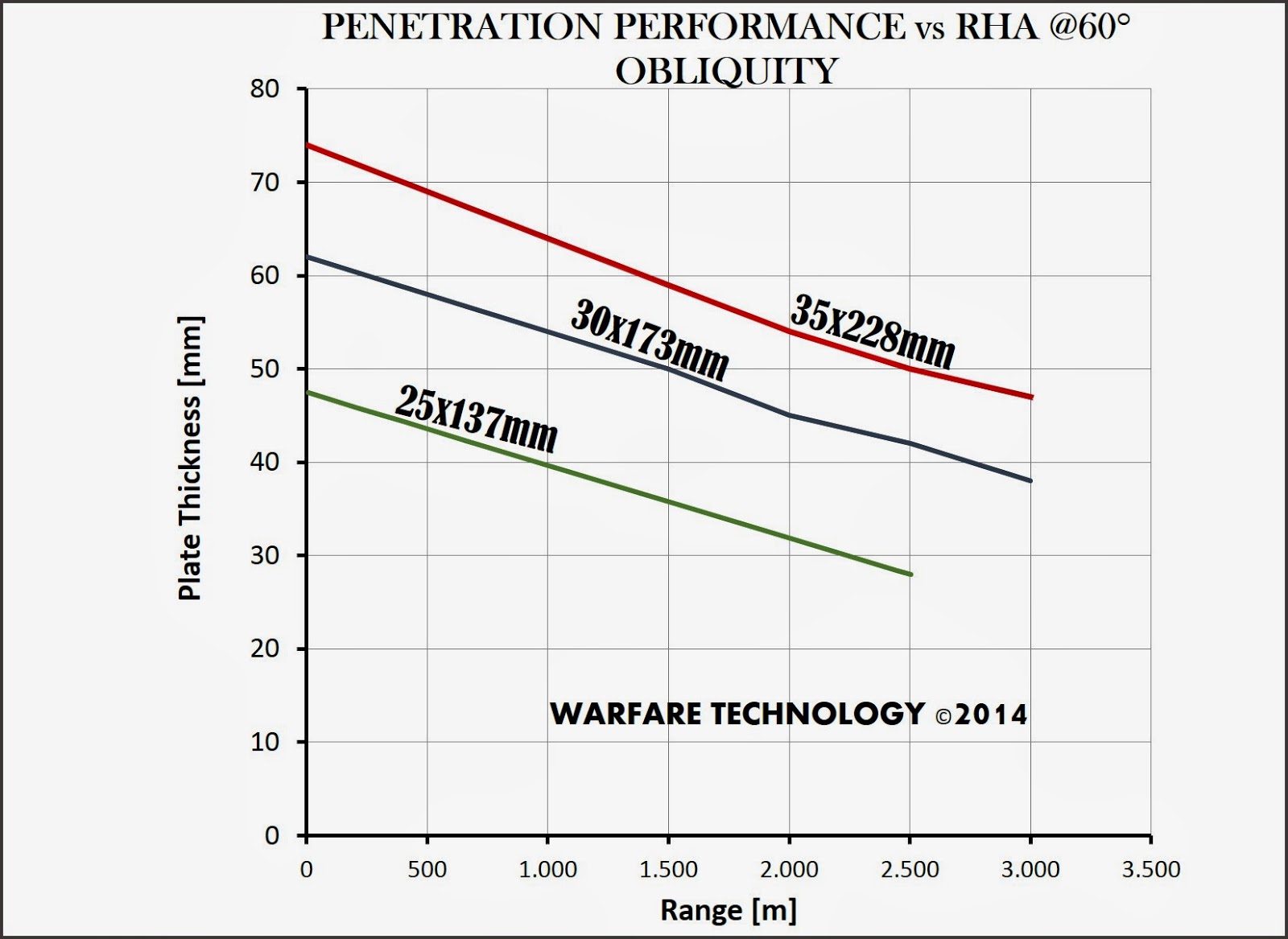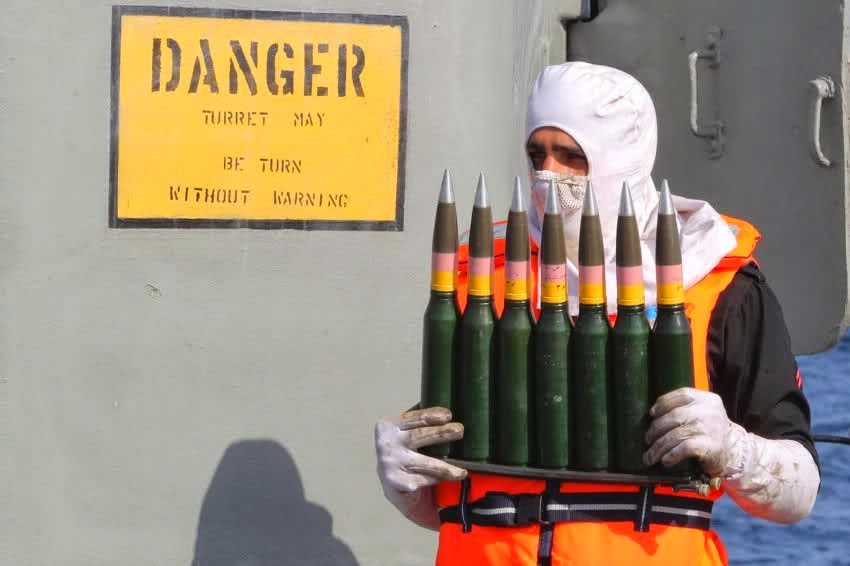Bushmaster III 35mm Cannon
For today's threats as well as future's??
Bushmaster III is the biggest and baddest member of the Bushmaster Chainguns that is available for integration. Although there is Bushmaster IV 40mm cannon, it is, as far as I know, in prototype stage.
Bushmaster III is a electric driven, link-fed automatic cannon that can be employed either as a 35mm or with changing the barrel and forward feeder assembly can chamber SuperShot50, 50mm ammunition. There are some works going on for the linkless feed Bushmaster 35mm; however the in-service guns are link-fed.
The specification for the Bushmaster III is roughly:
In order to better see the differences between 25mm M242, 30mm Mk44 and 35mm Bushmaster III, here is a short comparison:
And here is another image that compares the sizes of M242 25mm, Mk44 30mm and Bushmaster III autocannons:
Just looking at the size difference between the M242 25mm Bushmaster, you can see that Bushmaster III is a monster.
However, this monster has also quite a strong bite as well!
Let's look at the High Explosive (HE) ammuntion:
The 25mm HE projectile has a mass of 180 g.
The 30mm HE Projectile has a mass of 362 g.
The 35mm HE Projectile has a mass of 550 g!!
Just look at the HE difference and imagine the destructive effect of the 35mm HE!
For an IFV vehicle, the real bite of the gun comes thru the armor piercing capability versus armored threats.
The lethality performance against armor plate is usually expressed when the projectile is not hitting on a vertical plate, but impacting on a sloped armor as shown in the image below. The commonly accepted method is expressed as 60 degree obliquity.
Now keeping this information in mind, the graph below shows the penetration capability of 25mm, 30mm and 35mm Armor Piercing Sabot rounds:
Some highlights from the graph above:
i. 30mm has ~30% more penetration than 25mm.
ii. 35mm has ~60% more penetration than 25mm.
We should also keep in mind that:
i. 25mm AP round tracer burns-out at around 2000 meters, thus seeing fall-of-shot beyond 2km becomes really difficult.
ii. Due to trajectory and velocity decrease, 25mm round's accuracy drops down considerably beyond 2km's.
iii. However, with the 35mm, accurate firing beyond 3km is possible and proven by the Dutch gunners from CV9035 in Afghanistan.
In terms of lethality, 30x173mm caliber is performing quite good against today's battlefield threats like BMP-3.
However, TNO's 30mm vs 35mm comparison document states that:
One other important issue for Bushmaster 3 turret integration is the ammunition capacity.
Before going into that, we should better have an idea of the size of 35mm ammunition. I believe this can help:
Now, getting back the issue of ammunition capacity:
i. Belted 35mm ammunition would be really difficult to handle during loading because of the weight and size of the belts of ammo.
ii. Linkless feed systems can be an appropriate alternative for 35mm feed systems. I will explain Linkless Feed later on.
iii. The number of ready to fire ammunition is very important, ie. CV9035 has a total of 70 rounds of belted 35mm ready-to-fire, which is not bad.
However, an IFV turret with Bushmaster III and 100 ready-to-fire rounds would be a real winner.
©2014 Warfare Technology








